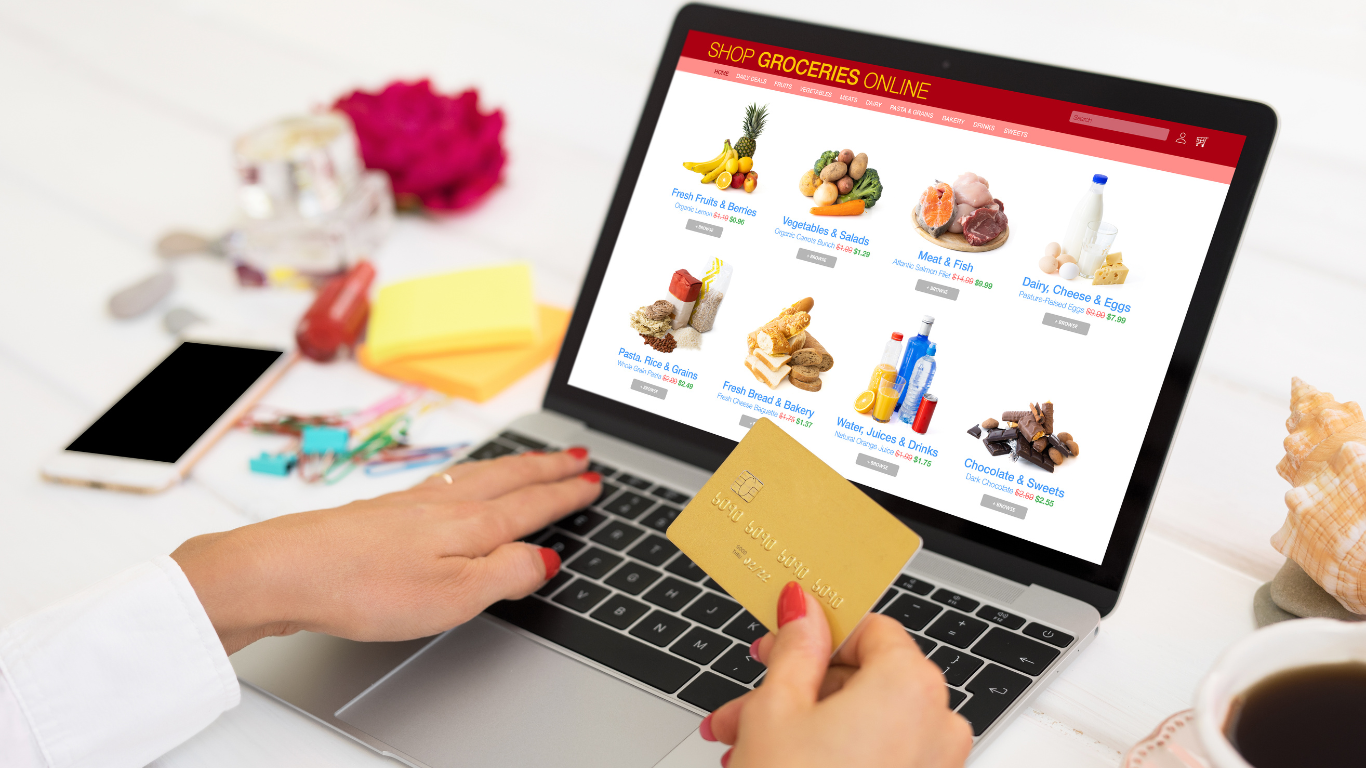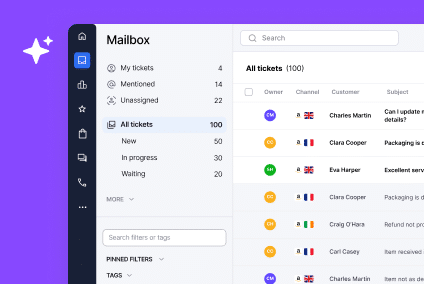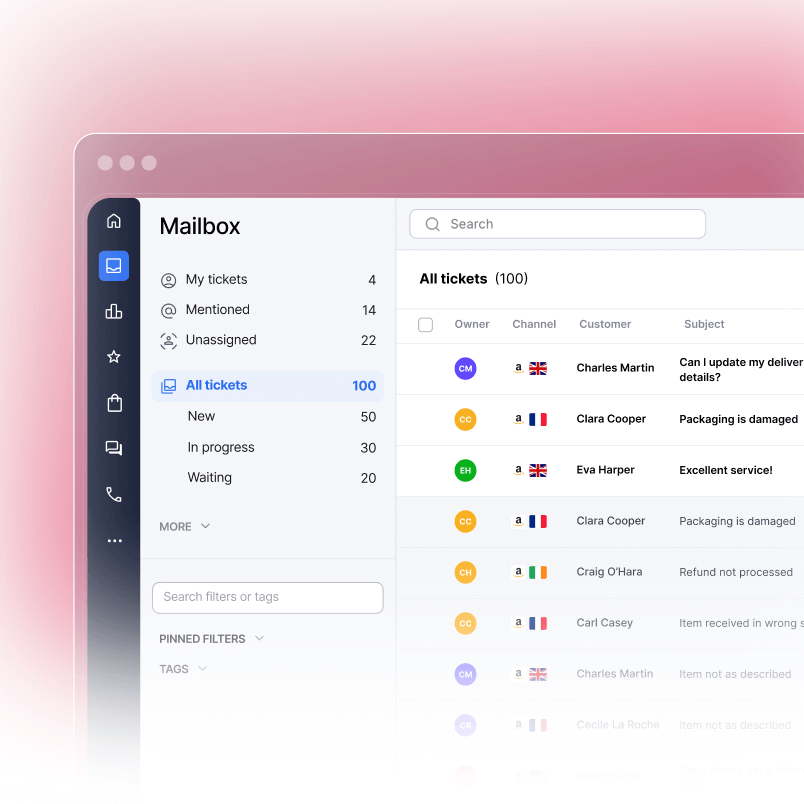Selling food online has never been easier, but choosing the right platform can make or break your success. Whether you’re a local farmer, a home-based baker, or a growing food brand, there’s a platform designed for your specific needs.
The Food and Grocery sector offers massive reach for independent CPG brands (packaged, shelf-stable foods) through generalist platforms and specialized channels that curate artisan and gourmet goods. Success depends on selecting platforms that fit your product’s shelf-stability and target audience.
Here’s a breakdown of the top options for selling food online in 2025.
The US Landscape: Generalists and Specialty Food Platforms
The US market is dominated by the generalists that allow 3P sellers for CPG, alongside niche platforms for curated, artisanal products.
1. Amazon (Grocery & Gourmet Food)
- Buyer Scale: 310M+ active users globally; Prime members are core to grocery shoppers.
- Key Features: Unmatched selection for shelf-stable CPG; offers both Seller Central (3P) and FBA logistics for non-perishables.
- Seller Pros: Highest traffic and volume potential; FBA can handle logistics for ambient goods; lowest entry barrier for most CPG sellers.
- Seller Cons: Intense competition and pricing pressure; strict rules on expiration dates for FBA inventory; high commission rates.
2. Walmart Marketplace
- Buyer Scale: ~480–500M monthly site visits; strong focus on value-driven CPG.
- Key Features: 3P marketplace for non-perishable food and beverage; growing digital reach; WFS (Walmart Fulfillment Services) available for CPG.
- Seller Pros: Lower seller competition compared to Amazon; generally lower referral fees than Amazon for Food & Beverage.
- Seller Cons: Stringent pricing rules (must meet or beat prices on other sites); focus is on value and mass-market appeal.
3. Etsy
- Buyer Scale: ~95M active buyers (as of 2024).
- Key Features: Specialized in handmade, artisan, and specialty food (e.g., small-batch sauces, chocolates, personalized food gifts, loose-leaf tea, coffee).
- Seller Pros: Access to a high-intent audience seeking unique, quality, and small-batch products; strong brand storytelling is encouraged.
- Seller Cons: Products must fit the “handmade/artisan” aesthetic; volume potential is limited compared to generalists; fees include transaction and listing costs.
4. TikTok Shop (US)
- Buyer Scale: ~47M social media shoppers (2024 est.); rapid growth in Snacks, Supplements, and Wellness Food.
- Key Features: Live and social commerce; focuses on viral, niche, and impulse-buy food items (e.g., trending snacks, unique coffee/drink mixes).
- Seller Pros: Excellent for new product launches and virality; low introductory referral fee (currently ~6%); direct link to content creation.
- Seller Cons: Logistics challenge for heavy/fragile food; products must be highly visual; long-term scalability remains unproven compared to traditional CPG channels.
5. eBay
- Buyer Scale: ~134M active buyers globally.
- Key Features: 3P seller model for mass-market and specialty food; strong in bulk, imported, and hard-to-find grocery items.
- Seller Pros: Flexible listing formats (auction/fixed-price); a good option for bulk non-perishables and international imports.
- Seller Cons: Customer perception is not primarily “fresh” grocery; requires significant advertising to stand out.
US Fee Notes
- Amazon CPG: Referral fees for Grocery & Gourmet Food are typically 15%.
- Walmart CPG: Referral fees for Food & Beverage are generally 8% to 15%.
- TikTok Shop: Currently uses a low introductory referral fee of 6% for most categories (excluding payment processing and taxes).
The European Landscape: Independent Marketplaces and Retailer 3P Models
Europe offers a mix of dedicated food platforms and large general retailers who have opened their doors to independent CPG sellers.
1. Amazon (EU Stores)
- Region: Pan-EU (UK, DE, FR, etc.).
- Buyer Scale: Estimated 1.2 Billion monthly visits across top EU markets.
- Key Features: Dominant for ambient, shelf-stable CPG; FBA supports cross-border fulfillment for non-perishables.
- Seller Pros: Massive scale and pan-EU reach; existing infrastructure for compliance and logistics.
- Seller Cons: High pricing pressure; strict rules on expiration dates for FBA inventory.
2. Kaufland (Marketplace)
- Region: Germany (DE) + expanding across Central Europe.
- Buyer Scale: ~32M monthly visits (DE site).
- Key Features: 3P seller model with a strong focus on Food & Drink; a key generalist in the German market.
- Seller Pros: #1 marketplace for Food and Drink in Germany; expanding quickly across CEE (Central & Eastern Europe).
- Seller Cons: Requires strong German localization; highly competitive environment.
3. Yumbles
- Region: UK-based.
- Key Features: A highly specialized 3P marketplace for independent food and drink producers; focus on artisan, gourmet, and specialty goods.
- Seller Pros: Direct access to an audience seeking gourmet, artisan, and ethical food gifts; high conversion rates in this niche.
- Seller Cons: Smaller audience scale compared to generalists; often involves a setup fee or subscription in addition to commission.
4. Not On The High Street
- Region: UK-based.
- Key Features: Curated marketplace known for unique food gifts, hampers, and personalized food/drink items from independent sellers.
- Seller Pros: Strong brand halo for gifting; high visibility during peak gifting seasons (Christmas, Mother’s Day).
- Seller Cons: Requires products to be gift-worthy and unique; operates on a high-commission model with annual fees.
5. Carrefour (Marketplace)
- Region: France (FR) + other European countries.
- Key Features: Major European grocery retailer with an expanding 3P marketplace for both food and non-food items.
- Seller Pros: Leverages a massive existing customer base and in-store fulfillment/pickup for adjacent 3P goods.
- Seller Cons: 3P food selection is still developing; may favor long shelf-life CPG.
European Fee Notes
- Kaufland: Commission fees are competitive and vary by category.
- Yumbles/Not On The High Street: These niche platforms typically have a high commission model (often 20%+) due to their curated audience, plus setup or subscription fees.
Choosing Your Platform: Strategy by Objective
| Objective | Recommended Marketplaces (US & EU) | Key Strategy Note |
| Shelf-Stable CPG Volume | Amazon, Walmart (US); Amazon EU (EU) | Focus on FBA/WFS for logistics; utilize sponsored ads for visibility in high-traffic searches. |
| Artisan & Gourmet Food | Etsy (US), Yumbles, Not On The High Street (UK) | Focus on brand storytelling, high-quality packaging, and strong visual content. |
| Value & Mass-Market CPG | Walmart (US); Kaufland (DE/CEE) | Prioritize competitive pricing and strong listings that emphasize bulk or value. |
| Niche/Trending Food | TikTok Shop (US) | Good for snacks, supplements, and unique food items that thrive on virality and video content. |
| Bulk/International Imports | eBay (Global) | Good channel for selling non-perishable goods in bulk or for sourcing rare international products. |
Key Considerations for Independent Food Sellers
- Compliance is Non-Negotiable: Food safety, allergen labeling, and expiration date management are highly regulated. Every seller must ensure they meet the FDA (US) or EFSA/local standards (EU) for every marketplace they use.
- Logistics Strategy: Shelf-life dictates your platform choice. Ambient (long shelf-life) CPG should leverage FBA/WFS. If your product is fresh, you must use specialized local delivery services, which often operate as supplier models, not 3P marketplaces.
- Customer Service: Food items often lead to highly urgent or sensitive customer inquiries (e.g., damaged packaging, expired goods). Centralizing these tickets via an eCommerce helpdesk solution is necessary to meet customer expectations and manage product recalls quickly and accurately across all channels.
Need help managing your online food orders or customer support across multiple marketplaces? Book a demo with eDesk today and discover how we can help you centralize messages, streamline operations, and grow your business with less effort.




